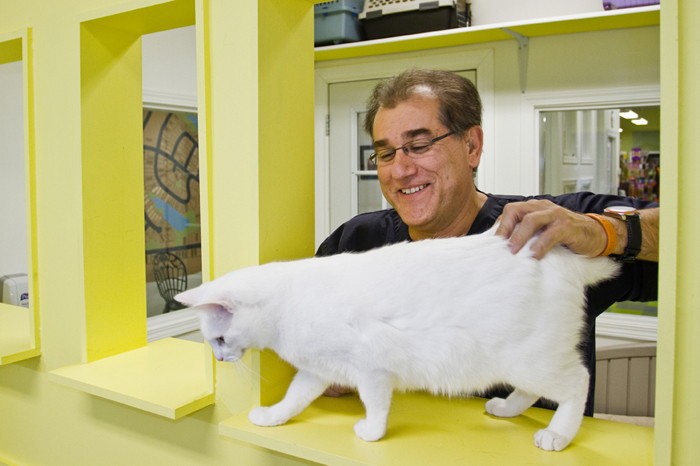Winnipeg Humane Society refuses to transfer animals to no-kill shelter
They would go “right back” to owner, says executive director
The case of a woman and her seized animals has reopened a controversy between the Winnipeg Humane Society (WHS) and the city’s no-kill animal shelters.
After four letters of objection and several attempts to contact the WHS, Maureen McCurry was denied the return of her three dogs. Until recently, the status of her 12 cats remained undisclosed. The WHS also refused McCurry’s request that the animals be transferred to either Quagga Stray Cat Rescue or D’Arcy’s Animal Rescue Centre (A.R.C.), both no-kill shelters.
“We had a well-grounded fear that if we were to transfer the cats to any other facility they would be going right back to Maureen,” said Bill McDonald, WHS executive director.
After the province seized McCurry’s animals, they became the property of WHS. Of the three dogs, two were adopted, while the other awaits dental surgery. Of the 12 cats, four were euthanized due to dental diseases, two were adopted and six are being fostered out, said McDonald.
Tension between D’Arcy’s A.R.C and the WHS became public recently after McDonald published an editorial in the WHS’s fall newsletter claiming no-kill shelters “warehouse” animals, whereas the WHS can give better care due to its euthanasia policy.
“It was something that shouldn’t have been written by someone in [McDonald’s] position,” said D’Arcy Johnston, founder and president of D’Arcy’s A.R.C. “People should realize that the normal staff [of WHS] are there to take care of animals ... Executive staff don’t work with the animals and they put through the kill policy ... It’s a numbers game for them.”
Chris Vogal, a retired Manitoba resource planner close to McCurry compiled records and averages based on a series of WHS annual reports. According to the WHS Animal Handling Statistics, the average number of cats and dogs admitted to the WHS between 2002 and 2008 was 7,570 per year. Out of that number, an average of 2,155 animals were euthanized.
“If you don’t manage that population well, you begin to see health problems emerge within the facility,” said McDonald.
The WHS could see over 10,000 animals admitted this year, nearly 3,000 more than 2008, he said.
“They do the best they can not to euthanize, but the number of cats coming in is huge,” said Pat Dorval, a veterinarian at Winnipeg’s Tuxedo Animal Hospital. She wrote a letter to the province stating that McCurry’s cats were well cared for.
Both Johnston and McDonald said the current spay and neutering program in the city is not fit to deal with the animal population problem and more money needs to be invested in population control.
Published in Volume 64, Number 8 of The Uniter (October 22, 2009)







